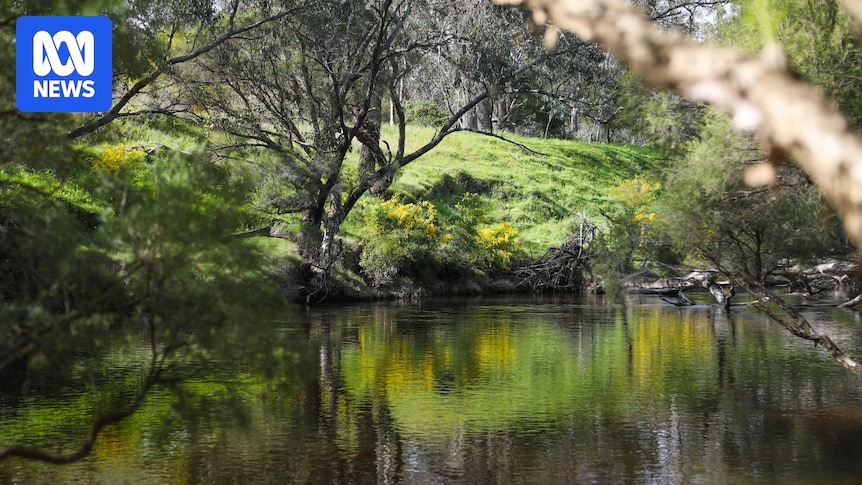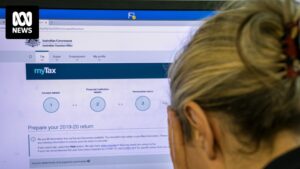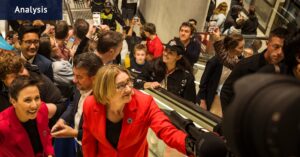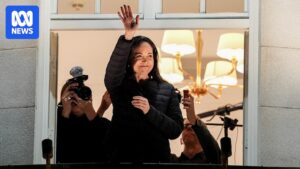
The descendants of those who perished in one of Western Australia’s most brutal attacks on Aboriginal people—the Pinjarra Massacre—are set to receive an historic apology from WA Governor Chris Dawson today. This poignant moment comes as he visits the country at the invitation of the traditional owners.
The apology marks the first time the Bindjareb people of the Noongar Nation will have the deaths of their ancestors publicly recognized in such a manner, 191 years after the tragic event. In 1834, then-governor James Stirling led a group of armed officials in an ambush on a Noongar camp in Pinjarra, resulting in the deaths of approximately 20 unarmed Indigenous men, women, and children.
Now, Governor Chris Dawson will stand on the very land where the massacre occurred, acknowledging the atrocities of the past. This act of reconciliation is set to take place during the annual remembrance ceremony at Pinjarra, located 80 kilometers south of Perth.
The Significance of Today’s Apology
Marked in history as one of Western Australia’s darkest days, October 28 will be remembered differently following today’s ceremony. The Bindjareb people will hear an apology from Mr. Dawson for the actions of Captain Stirling, a move that seeks to address historical wrongs.
“From my research … I don’t know of any other massacre attributed to a governor,” Mr. Dawson told ABC Radio Perth ahead of the ceremony. “There were killings on both sides, let’s not just paint this in a picture that we want to try and present. But this [attack on October 28] was planned and led by a governor, I think a governor should then correct and tell the truth.”
Historical Context and the Path to Reconciliation
Journals and letters from the State Record Office’s archives reveal a series of violent encounters between white settlers and traditional owners leading up to October 28. In April 1834, a group of Bindjareb men raided a flour mill in South Perth. When caught, they were taken to Perth, punished, and publicly flogged.
Later, in July, a group of Noongar men speared two settler men, injuring one and killing a 19-year-old servant named Hugh Nesbit. Nesbit’s death incited fear and anger among the settlers, prompting Captain Stirling to assemble an exploring party of 25 to journey to Pinjarra.
On October 28, 1834, Stirling’s group discovered an Aboriginal camp along the Murray River. Troops were sent to identify whether the Indigenous men in the camp were responsible for Nesbit’s death. It is understood that the group strategically surrounded the camp before launching an attack on the unprepared and retreating Noongars.
‘Telling the Truth’ and Moving Forward
The exact number of Noongar people killed in the Pinjarra Massacre remains unknown, with figures contested over the years. Governor Dawson emphasized that his apology is about acknowledging the truth, but that truth-telling is an ongoing process.
“How can we reconcile between Aboriginal and non-Aboriginal Australians if we only tell part of the story?” he said. “So, today’s important to actually tell the truth, but not to stop there but to actually then give an opportunity for healing.”
He added, “This is just a step in the journey of firstly telling the truth about it and then we can continue to move forward as Australians in a positive way. That [acknowledgement] is what Aboriginal people are telling me that’s what they’ve been waiting for.”
Implications and Future Steps
The apology from Governor Dawson represents a significant step in the journey towards reconciliation and healing. It acknowledges the pain and suffering endured by the Bindjareb people and seeks to foster a more inclusive and truthful narrative about Australia’s past.
As the nation grapples with its history, today’s events highlight the importance of acknowledging past wrongs and working towards a future where all Australians can share in a united and respectful society. The ceremony at Pinjarra is a reminder of the power of truth-telling and the ongoing journey towards reconciliation.
Moving forward, it is hoped that such acknowledgments will pave the way for further dialogue and understanding between Aboriginal and non-Aboriginal Australians, fostering a spirit of unity and healing.





